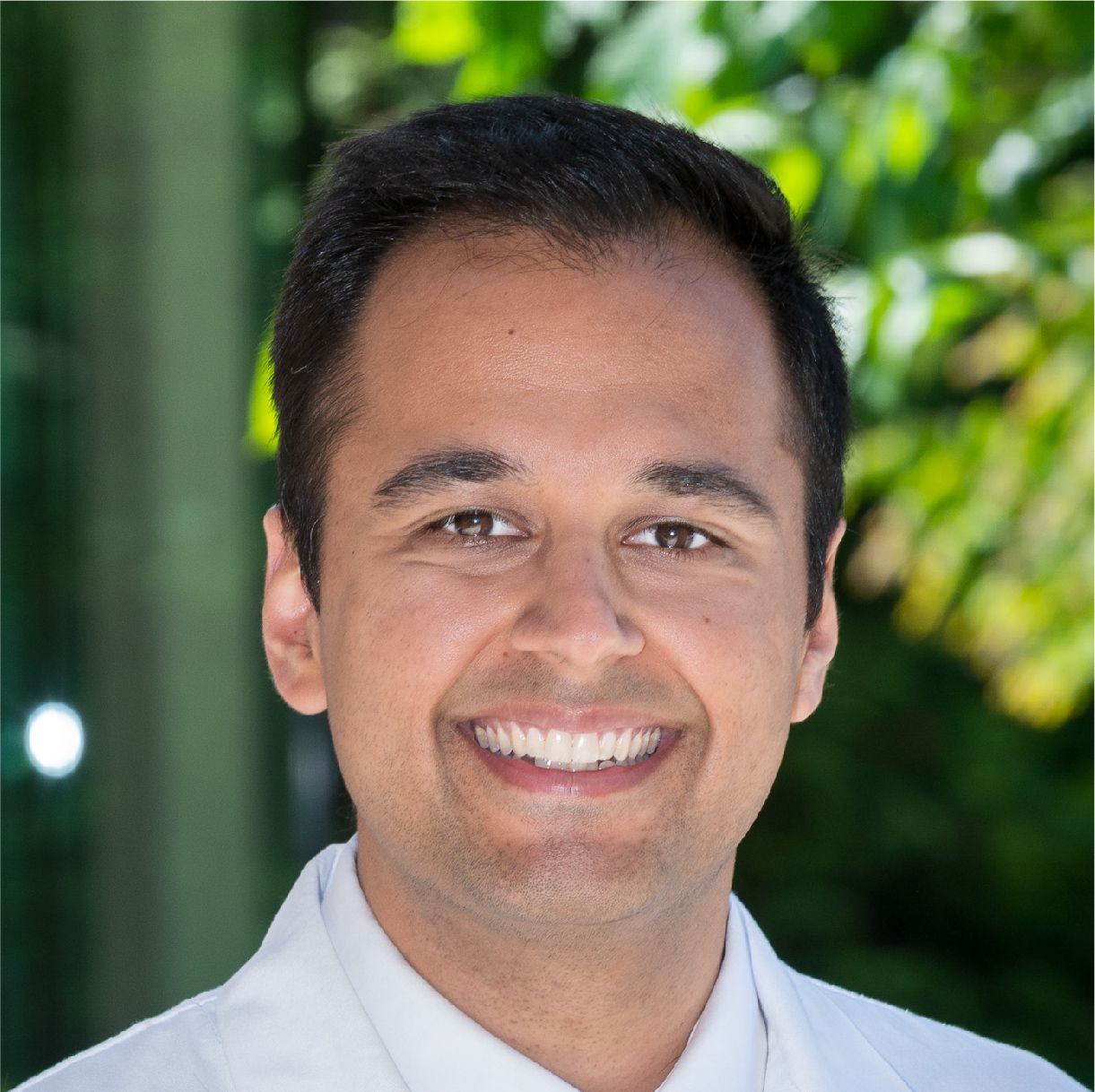Last Updated on March 21, 2022 by SDN Staff
Selecting a medical school is a significant decision, as the program you attend may play a key role in determining your career path. Whether you are completing final interviews or simply starting the application process, below are several factors to consider when comparing potential medical schools.
Location
The majority of applicants have a reasonable idea of the type of setting they would like to spend four years. In general, medical schools can be in urban and suburban settings. They are rarely rural. However, realize that the area a medical school is in affects more than your personal life and cost of living. Different geographic regions will expose you to different patient populations and disease processes. If you are extremely passionate about working with certain patients (e.g., the under-served urban poor), then take location heavily into account when choosing a program.
Residency Match List
Determining where graduates of a medical school have matriculated for the next phase of their training is crucial when deciding where to attend medical school. If you are especially interested in a particular specialty (e.g., orthopedic surgery), evaluating whether a program is strong in matching its students to that particular field is vital. Certain medical schools match dozens of individuals to specific specialties, while others only match one or two students. These differences occur for a number of reasons, including the program’s reputation, advising programs, students’ preferences, etc. However, do note that some schools are merely better at preparing students for a given field. With that in mind, take residency match lists with a grain of salt, as they do not solely reflect the academic reputation of a program—they are also shaped largely by students’ own decision-making (e.g., certain schools match more than half of their students to their own program because many students prefer not to move due to spouses, family, or other reasons).
Curriculum
Since medical students have to complete a series of standardized licensing exams (the United States Medical Licensing Examination), the content students learn throughout their classroom years is quite similar. What varies widely, however, is the manner in which this material is presented to students. Research schools’ websites and determine whether they have a problem-based curriculum (where students work through clinical scenarios in small groups with faculty, then discuss pertinent topics), traditional lectures, an integrated curriculum (where physiology, pathology, biochemistry, anatomy, and other subjects are presented together, typically grouped by organ system), or a subject-based curriculum. Each scheme has its positives and negatives, so the most important thing to consider is how you best learn. Another aspect to keep in mind is the overall structure of the four-year curriculum. Certain programs, such as the Duke University School of Medicine, incorporate up to a year of research time in their curricula.
Clinical Exposure
Though the majority of your clinical training will occur during residency, the clinical exposure you gain in medical school can significantly impact how you will practice medicine for the rest of your career. Factors to consider are the hospital system(s) you will train in (for example, UT Southwestern is affiliated with private and public hospitals), the educational philosophy the school maintains toward rotating students (whether students are passive observers or active members of the team), and whether or not all clinical subspecialties are well-represented at the hospitals where you will be rotating.
Tuition
Medical education is certainly an expensive endeavor, and financial factors should not be neglected. With many incoming students already burdened with student loans from undergraduate education, the price tag a medical school places on your education is something you should actively research and consider when making a final decision. However, remember that many schools offer financial aid packages that may help offset the tuition prices posted on their websites.
These are several of the major factors to consider when choosing between potential schools for your medical education. Ultimately, it is up to you to decide how much weight to place on each of these and other aspects.


